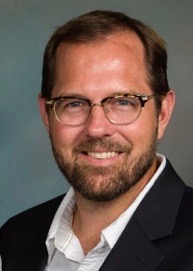While plenty of issues around the world today raise important questions about religious freedom, at Cornerstone, we don’t want to forget about the past. In this blog series by RFP scholar Anthony Gill, religious freedom is viewed from a historical perspective—specifically though the observations of Adam Smith.
By: Anthony Gill
Human beings often have historical myopia, thinking that the problems or phenomena being faced in our contemporary world are new to our age. Hardly! Indeed, the human condition is frequently a repetition of themes experienced by our forefathers and their forefathers before them. To cite Ecclesiastes (1:9): “What has been will be again; what has been done will be done again; there is nothing new under the sun.”
In that spirit, I’ve created a series of posts regarding observations and arguments from a scholar who was deeply interested in social flourishing—Adam Smith. Unbeknownst to many who either read a condensed version his magnum opus, An Inquiry into the Nature and Causes of the Wealth of Nations, or who did not read it at all (but still wear the necktie or scarf), Smith talked extensively about religion and religious liberty. Most of his thoughts on this topic can be found in Book V, though there are nuggets scattered throughout the entire text. From his vantage point at the nadir of the English/Scottish Enlightenment, and on the cusp of the Industrial Revolution, Prof. Smith provides strong reasoning and some qualitative evidence that religious liberty does indeed promote economic growth and social well-being.
I invite readers to pick up a copy of The Wealth of Nations and follow me along this journey, punctuated by contemporary observations. Let the adventure begin!
Note: All citations to Smith’s Wealth of Nations will be made according to book, chapter, section and paragraph. I will be using the Liberty Fund’s two-volume set published in 1976 as my sole source for quotations.
Part 1A: Religion, Monitoring, and Negative Externalities
It should come as no surprise that crime and other forms of socially deviant behavior have a negative impact on economic growth and social well-being. Individuals who live in constant fear that their lives will be snuffed out at any moment, that their possessions will be stolen, or that they will be harassed continually by others will not be very productive individuals. Given that providing for one’s own security means less time devoted to productive activities, there is a great deal of deadweight loss to society when criminal activity exists. Entrepreneurs who fear their long-term gains will be pilfered without their consent have little reason to take risks and invest in the future.
And beyond crime, humans have had a propensity to engage in all sorts of self-destructive and socially disruptive behavior that lowers their productive capacities and the productive capacities of society as a whole, irrespective of whether such behavior is deemed illegal by government. Drunkenness, sexual dalliances producing “illegitimate” children, and general cruelty to others have rarely, if ever, been associated with social flourishing. Economists lump the social consequences of criminal activity and deviant behavior into a category known as negative externalities—costs imposed upon others without their willful consent. Negative externalities, not surprisingly, have a deleterious effect on economic growth and social flourishing.
At a time of rapid urban growth, when the monitoring capacities of gossip and shaming in small towns was declining, Smith observed that social deviance appeared to be increasing:
“A man of low condition… is far from being a distinguished member of any great society. While he remains in a country village his conduct may be attended to, and he may be obliged to attend to it himself. In this situation, and in this situation only, he may have what is called a character to lose. But as soon as he comes into a great city, he is sunk in obscurity and darkness. His conduct is observed and attended to by nobody and he is therefore very likely to neglect it himself, and to abandon himself to every sort of low profligacy and vice” (Wealth of Nations, V.i.g., paragraph 12).
Policing by a government authority, of course, can help to mitigate levels of profligacy and vice, but policing can be expensive, producing huge deadweight losses, and can be used by self-interested government officials to plunder society. To the extent that social norms can arise that allow people to self-monitor their behaviors, and to the extent that organizations in civil society can provide such additional monitoring, the negative externalities of crime and deviance can be reduced. And as Smith noted, this is where religious groups can often serve to promote the general welfare.
“[The man of low condition] never emerges so effectually from this obscurity, his conduct never excites so much the attention of any respectable society, as by his becoming the member of a small religious sect. He from that moment acquires a degree of consideration which he never had before. All his brother sectaries are, for the credit of the sect, interested to observe his conduct, and if he gives occasion to any scandal, if he deviates very much from those austere morals which they almost always require of one another, to punish him by what is always a very severe punishment, even where no civil effects attend it, expulsion or excommunication from the sect. In little religious sects, accordingly, the morals of the common people have been almost always remarkably regular and orderly; generally much more so than the established church” (Wealth of Nations, V.i.g., paragraph 12).
There are several things to think about in this passage. First, while Smith was thinking specifically about people of low socio-economic stature, who among us can deny that even the wealthy and public figures of our time could use such monitoring? Second, Smith noted the tendency to monitor behavior was much more rigorous among small religious sects and not the “established church.” As we will explore in future posts, Smith saw the competitive challenge of upstart sects to the hegemonic faith to be a healthy thing for society. It is through religious liberty that such challenges can arise and promote the common welfare.
But before we get there, Smith offers a surprising twist on the above observations.
Part 1B: Religion, Monitoring, and Negative Externalities
In my previous post , we noted that socially deviant behavior can be harmful to social flourishing and that Adam Smith thought small religious sects could actually help impose some rigor into human behavior and avoid such harmful consequences.
An important addendum is warranted here. Smith never defines what he considers to be “low profligacy and vice.” It was probably well understood in his times what that meant. Likewise in our time, we have an understanding of what deviance means. In general, social deviance is behavior that departs from socially-accepted norms of proper behavior. Given that social norms change over time, it might be difficult to set upon a standard set of things that qualify as “low profligacy and vice.” Of course, there are some behaviors that everybody would agree are socially deviant, such as murder and other forms of violence against persons. But other behaviors may be viewed differently at different points in time. For example, smoking was once considered a normal activity, but times have changed and it is now viewed as a vice. Baptists once viewed dancing
as a rather suspicious activity, but now you can catch a few of them kicking up their heels to a catchy George Strait song.
From a standpoint of understanding whether religion and religious liberty can enhance social flourishing, it might be more useful to think about social deviance as a violation of social norms that imposes significant costs upon others. Murder? Well, that does impose a pretty significant cost on others, so we probably can keep that one in the socially deviant column. Smoking appears to impose damage upon others as well, and it is not surprising to see that as we have learned more about the health costs of this activity it has moved into the category of “profligacy and vice.” Dancing? Well, unless it is the unsightliness of short, fat political science professors doing a jig that causes much psychological distress to other partygoers, that activity does not seem to really impose much harm on others. It is not surprising that the “no dancing” norm has been tossed on the wayside without much regret.
This discussion does not imply that there are no moral absolutes. Nor is this a defense of cultural relativism. Rather, when it comes to thinking about the linkages between religion, religious liberty, and social flourishing, I merely point out that it is important to think about how certain norms promoted (or discouraged) by religious groups affect how social costs are imposed on society. While much of our discussion about moral issues (e.g., same-sex marriage, abortion) focuses on ideological absolutes, it is also beneficial to consider how different forms of behavior impose costs upon other individuals and society as a whole. From the vantage point of Adam Smith, he saw that religious groups would often prevent people from undertaking costly behaviors that were widely-recognized as harmful, and, as a result, society actually was able to benefit.
Part 2A: Small Religious Sects Are Weird!
In our previous posts , we noted that Adam Smith saw an important role for small religious sects in helping to monitor and prevent socially deviant behavior that could prove costly in terms of economic growth. One might imagine that Smith would welcome such spiritual organizations with open arms. But wait! Smith also thought that some of these religious groups were just plain weird!
“The morals of those little sects, indeed, have frequently been rather disagreeably rigorous and unsocial” (Wealth of Nations, V.i.g., paragraph 12).
Disagreeably rigorous and unsocial?! Who is Adam Smith to say what is disagreeable and unsocial? Alas, he never gives us a list. In his times (the mid-eighteenth century), though, there were plenty of religious groups that shook and quaked in ways that shocked the more educated elite. Some of these groups became known as the Shakers and the Quakers. There were undoubtedly other groups at that time engaging in all sorts of activities that seemed odd to contemporary eyes. Historically speaking, numerous sects engaged in public flagellation or prompted individuals to wear strange clothing. Even today we have people who speak oddly, handle snakes, refuse to pledge allegiance to the flag, and avoid coffee. Many of these folks have been considered outcasts and have suffered immense persecutions for their behavior.
But is “weirdness” necessarily socially deviant? Laurence Iannaccone, a scholar working from the “economics of religion” perspective, has discovered that the most successful religious groups often begin with (and sometimes continue) behavioral requirements that seem “disagreeably rigorous and unsocial” from the outside, but have an important internal logic. By requiring unique wardrobes, special dietary restrictions, or other behavioral traits that separate members of a religious community from the general culture at large, these groups can control what economists call “free riders,” people who join a group for the benefit but refuse to participate in any of the costs. By requiring some “sacrifice or stigma,” the group weeds out anybody who is not likely going to be an active participant. Just as God tested Abraham by asking him to sacrifice Isaac, so too do small groups require new members to pony up some burnt offerings to signal the strength of their commitment. And by promoting behaviors that set these groups aside from the general culture, they are tied to a community that is much more capable of monitoring their behavior and potentially keeping them on the straight and narrow.
This is an important point, and one where the present author tends to find mild disagreement with Prof. Smith. In a country where religious liberty reigns, religious pluralism is likely to increase. Such religious pluralism will invariably come with groups that engage in practices that look strange to those of the mainstream culture. This is where our earlier emphasis on the social costs of deviance from cultural norms becomes important. To the extent that religious groups with different norms do not impose any social costs on others in society (beyond someone’s personal annoyance), a commitment to religious liberty will require us to tolerate those differences. Tolerance is the price of liberty, but one that is not too great if the result is an overall level of economic and social flourishing within a nation.
Of course, strong commitments via adherence to non-mainstream norms also can be used by those with nefarious purposes. Eli Berman, in his book Religious, Radical, and Violent, notes that some groups use the methods of “sacrifice and stigma” to create the collective discipline necessary to undertake terrorist attacks. As such, Adam Smith may have had a legitimate concern with these “disagreeably rigorous and unsocial” sects. The question again comes down to the social costs imposed on others.
The lesson here is that there is no guarantee that strong religious communities will promote social flourishing. Religious groups can provide the discipline to keep us sober and limit our violent tendencies. Smith saw this with his man of “low condition” who would be monitored by his sectaries. But religious groups that are disciplined can also impose costs on society, something else that concerned Smith and a situation to which he provided a few solutions.
Reference: Iannaccone, Laurence. 1992. “Sacrifice and Stigma: Reducing Free-Riding in Cults, Communes, and Other Collectives.” Journal of Political Economy 100: 297-314.
Anthony (Tony) Gill is a professor of political science and adjunct professor of sociology at the University of Washington, a distinguished senior fellow at Baylor University’s Institute for Studies of Religion, and an associate scholar with the Berkley Center’s Religious Freedom Project.
This series of posts was originally authored between October 20 and October 23, 2014 for the Religious Freedom Project at Georgetown’s Berkley Center for Religion, Peace, and World Affairs.
THE RFI BLOG
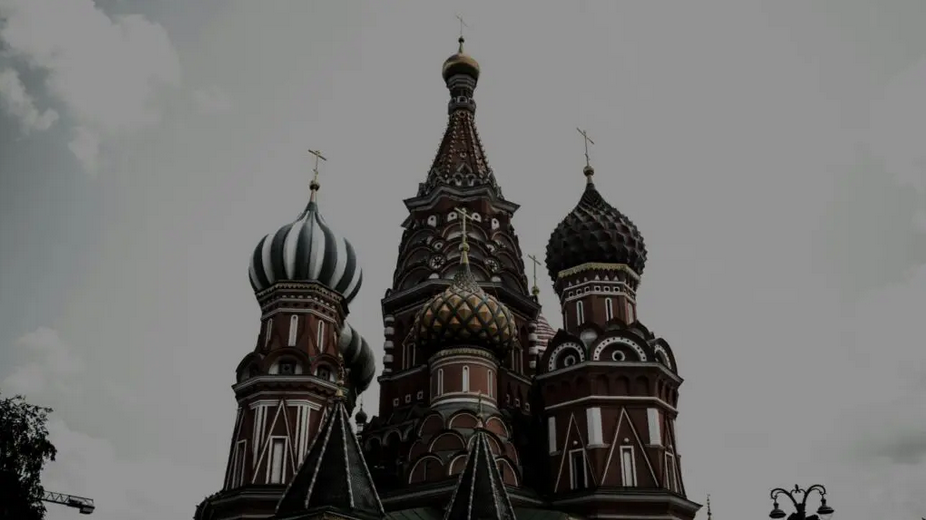
Religion, the ‘Russian World,’ and the War Against Ukraine
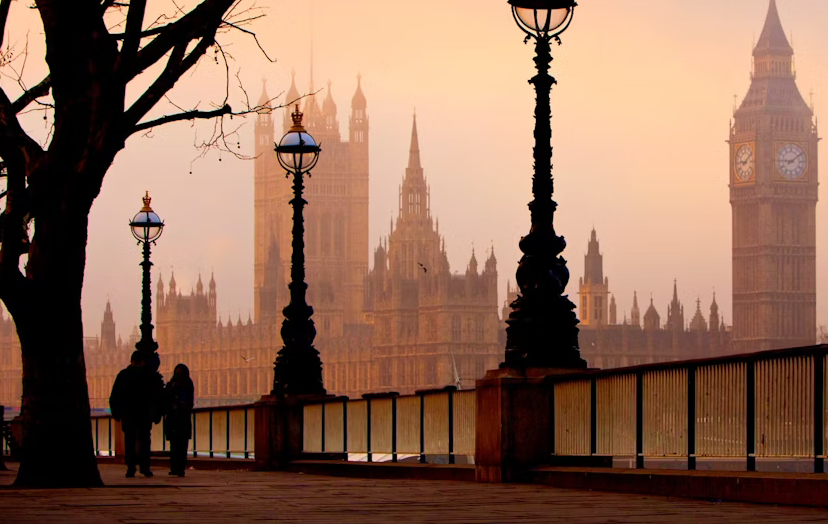
Religious Freedom Is Back on the UK’s Agenda
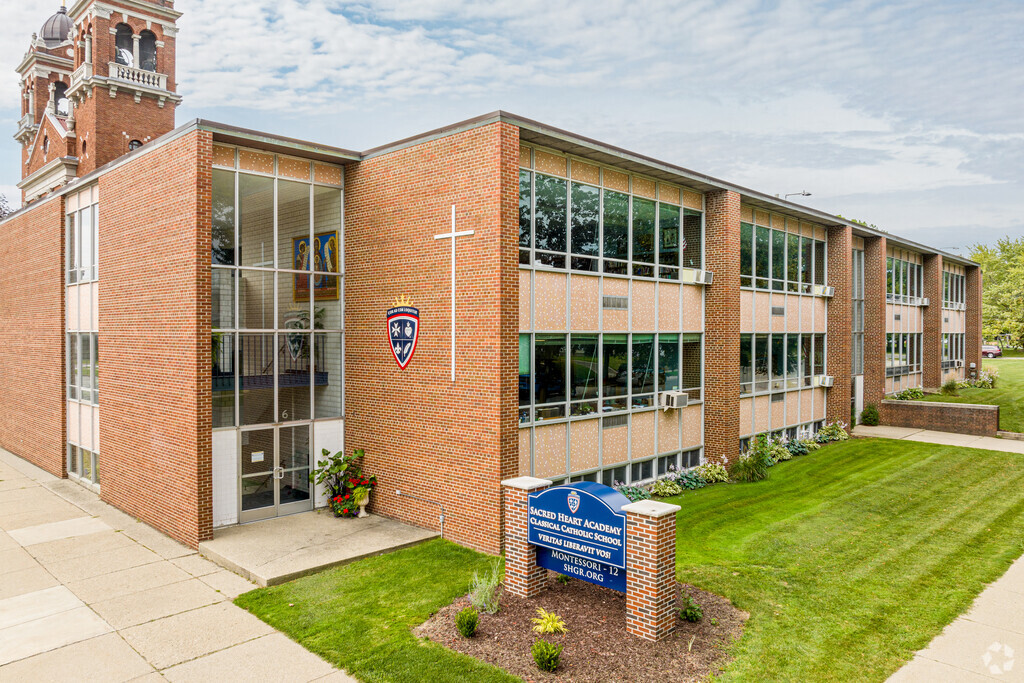
Be More Faithful, Become More Resilient: An Invitation to Religious Institutions

How Soccer Reveals Different Meanings Of ‘Secular’ In France And The US
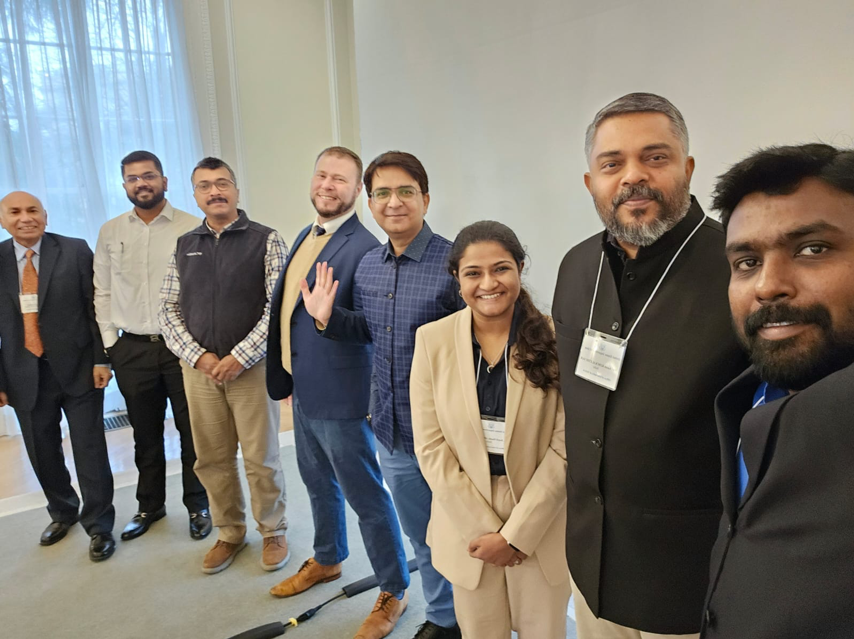
RFI’s Ismail Royer Meets with Delegation from India
CORNERSTONE FORUM

Public Bioethics & the Failure of Expressive Individualism

Religious Liberty in American Higher Education

Scotland’s Kate Forbes and the March of Secularism

70 Years of Religious Freedom in Sweden: Prospects and Challenges
